
Students of the University of Finance and Marketing. Currently, the proportion of PhD lecturers at the school is only 32%, expected to increase to 68% by 2027 – Photo: NT
Circular 01/2024 of the Ministry of Education and Training on standards for higher education institutions takes effect from March 2024.
According to this circular, for higher education institutions that do not train PhDs, the proportion of full-time lecturers with PhD degrees must not be lower than 20% and from 2030 must not be lower than 30%; for higher education institutions that train PhDs: must not be lower than 40% and from 2030 must not be lower than 50%.
The Ministry of Education and Training will begin announcing the results of implementing university education standards of schools before June 30 every year, starting from 2025.
Attraction policy
According to statistics from the HEMIS system of the Ministry of Education and Training declared by training institutions, the number of full-time lecturers in 2024 nationwide is 91,297 people. Of which, lecturers with the academic title of Professor, Doctor of Science are 743 people, Associate Professor, Doctor of Science is 5,629 people, PhD is 23,776 people, Master is 53,412 people, university is more than 6,000 people...
Thus, the total number of university lecturers with doctoral degrees is more than 30,000 people, accounting for 33% of the total number of lecturers.
The national average is like that, but the percentage of lecturers with PhD degrees in universities has a very large gap. Many large universities with a long history, this percentage is up to 60-70%. Meanwhile, new universities only have a percentage of lecturers with PhD degrees from 20% to over 30%…
Mr. Pham Tien Dat, principal of the University of Finance and Marketing, said that the current percentage of lecturers with doctoral degrees at the school is about 32%, a sharp increase compared to 22% in 2021.
“However, it is difficult for the school to meet the standard of 40% of lecturers having PhD degrees by 2025. Currently, 210 lecturers of the school are doing PhDs and are expected to complete them by 2027. In the past few years, the school has only attracted 6 PhDs because the policies of the schools are similar,” said Mr. Dat.
Similarly, Mr. Nguyen Quoc Anh, Vice Principal of Ho Chi Minh City University of Technology, said that the school had difficulty meeting the standard for the proportion of lecturers with doctoral degrees when it was first announced. Currently, only about 25% of the school’s lecturers have doctoral degrees.
“The school strives to achieve 30% in the first announcement. In addition to support policies to encourage young lecturers to pursue doctoral degrees, the school also increases recruitment of doctors, especially those who have studied abroad.
Besides attraction policies, the school identifies important issues to attract PhD lecturers as working environment and suitable remuneration policies" - Mr. Quoc Anh added.
Meanwhile, many universities have not yet met the standard for the proportion of lecturers with doctoral degrees, but are expected to do so by 2025. Mr. Nguyen Xuan Hoan, principal of Ho Chi Minh City University of Industry and Trade, said that currently about 39% of the university's lecturers have doctoral degrees. It is expected that by the end of 2024, the proportion of lecturers with doctoral degrees will exceed 40%.
“The policy of attracting lecturers with doctoral degrees to the school is relatively effective. Over the past two years, more than 20 doctors have come to work at the school. One-third of them graduated from abroad.
In addition, the school also has policies to support and sanction lecturers who do PhD research. This has increased the number of permanent lecturers who do PhDs,” Mr. Hoan said about the school’s policy of increasing PhDs.
At Ho Chi Minh City University of Industry, Mr. Phan Hong Hai – the school’s principal – said that last week the school recruited 15 PhDs. Depending on the field and position, each PhD is supported with 100 – 200 million VND. Currently, the proportion of PhD lecturers at the school is about 40%.
“Attracting PhDs from outside, especially those who studied abroad, helps shorten the time and meet the school's standards and quality goals,” said Mr. Hai.
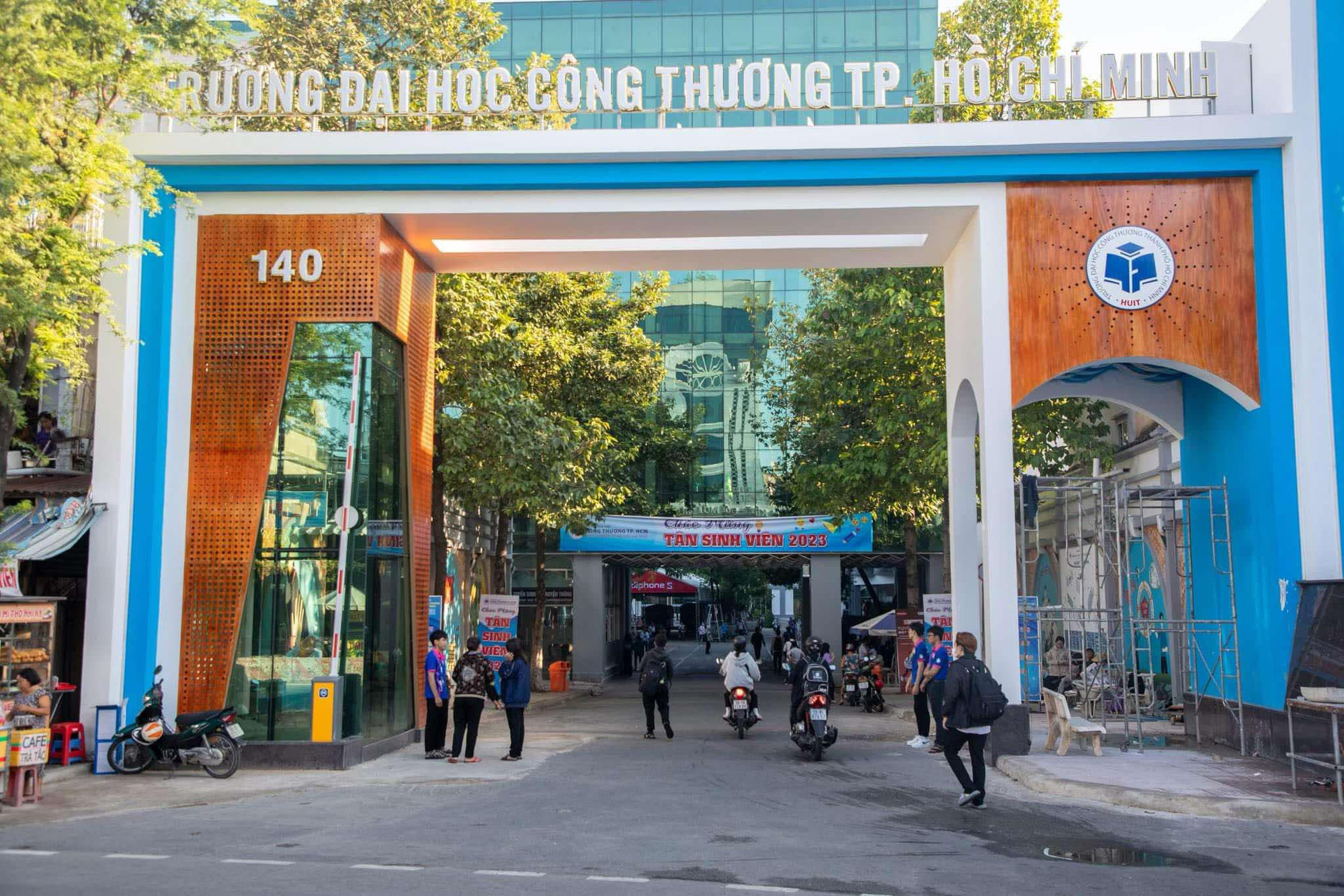
Ho Chi Minh City University of Industry and Trade expects that by the end of 2024, the proportion of lecturers with doctoral degrees will exceed 40% - Photo: HUIT
Focus on internal strength
Currently, most schools have a policy of allowing people with academic titles and degrees to work at the school. However, the effectiveness of this policy is not necessarily effective for all schools. Not to mention that people who come because of attraction can also leave because the policies of other universities are better.
Even Mr. Nguyen Tuan Khanh, Party Secretary of Kien Giang University, is worried: the school supports costs and ensures policies for its lecturers when they do research at home and abroad, but the risk of losing people is very high when currently universities all have policies to attract PhDs.
“The school is about to become autonomous, but its training scale is not large. With the attractive recruitment policies of many other universities, the school is really worried about the risk of losing people,” Mr. Khanh said frankly.
Talking about the strategy of developing the team when the proportion of PhD lecturers is only nearly 20%, Mr. Khanh said that most schools send their staff to do research at home and abroad. The school sponsors all tuition fees during the study period on time, ensuring benefits such as working at the school.
“According to regulations, students studying abroad receive 60% of their salary, but the school deducts the remaining 40% from the career fund so that students receive 100% of their salary.
We consider studying as a duty and also a way to contribute to the school. When we finish studying, we will receive a financial support. Currently, there are 38 people from the school doing research. This is the main source of supplement for the school, not attraction" - Mr. Khanh said.
From the reality of the policy of attracting PhDs to the school, Mr. Pham Tien Dat assessed that the policy of attracting PhDs is not as effective as developing the internal strength of the teaching staff.
According to Mr. Dat, there are currently more than 200 lecturers doing PhD research. It is expected that by the end of 2027, most of the lecturers will have graduated with a PhD. At that time, the proportion of lecturers with a PhD in the school will reach about 68%.
“We have a policy to attract PhDs from abroad to the school, but the administrative procedures are quite complicated and time-consuming.
In this regard alone, public schools have difficulty competing with private schools. Not to mention that people who come to the school because of its attractive policies and not because of the goal of long-term commitment will easily go elsewhere if the policies are better.
Therefore, the school determines that developing a team of on-site lecturers is important and sustainable. The school has policies to support tuition fees, work expenses, and post-doctoral support to encourage lecturers to pursue doctoral degrees," Mr. Dat added.
Encourage young teachers
Mr. Phan Hong Hai said that the school encourages young lecturers to do research with accompanying support policies. Currently, there are about 200 lecturers of Ho Chi Minh City University of Industry doing research.
Lecturers who attend the course receive 100% of their salary, 50% reduction in teaching hours, and the school pays tuition. When they finish their studies and return to school, they will receive an additional 8 million VND per month on the condition that they must publish one scientific article in a prestigious scientific journal each year.
“We encourage lecturers to do PhDs and provide necessary support. However, the principal will consider whether the school is in the right field and whether the school is of good quality or not, not just any school,” Mr. Hai added.
Hard to achieve
According to many universities, setting standards for the proportion of lecturers with doctoral degrees is necessary for schools to have solutions to improve the qualifications of lecturers, teaching quality and research. However, the reference coefficient and urgent implementation time make it difficult for many schools to achieve.
The vice principal of a non-public university in Ho Chi Minh City assessed that the 40% rate seemed to be referenced from large, long-standing universities. Private universities and provincial schools would find it difficult to achieve this standard in a short time.
Meanwhile, Mr. Trinh Huu Chung, vice principal of Gia Dinh University, said that the school has not yet trained PhDs and met the standard ratio of PhD lecturers. However, the school's development goal is to train PhDs.
To do this, the school must meet the 40% PhD standard for lecturers. Mr. Chung said this is a standard that the school will find difficult to achieve in the near future.
Source: https://tuoitre.vn/truong-dai-hoc-dua-dat-chuan-tien-si-20241220223321014.htm




![[Photo] Looking back at the impressive moments of the Vietnamese rescue team in Myanmar](https://vstatic.vietnam.vn/vietnam/resource/IMAGE/2025/4/11/5623ca902a934e19b604c718265249d0)

![[Photo] "Beauties" participate in the parade rehearsal at Bien Hoa airport](https://vstatic.vietnam.vn/vietnam/resource/IMAGE/2025/4/11/155502af3384431e918de0e2e585d13a)



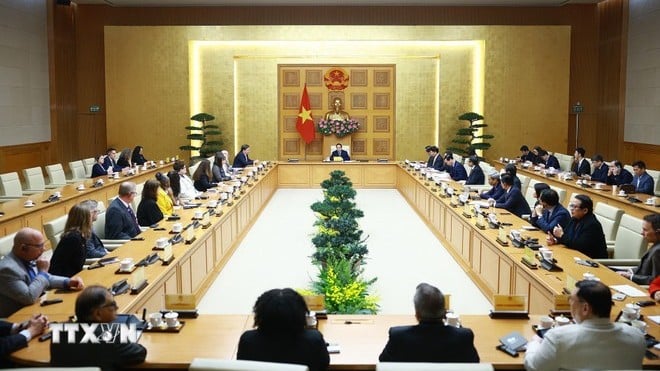



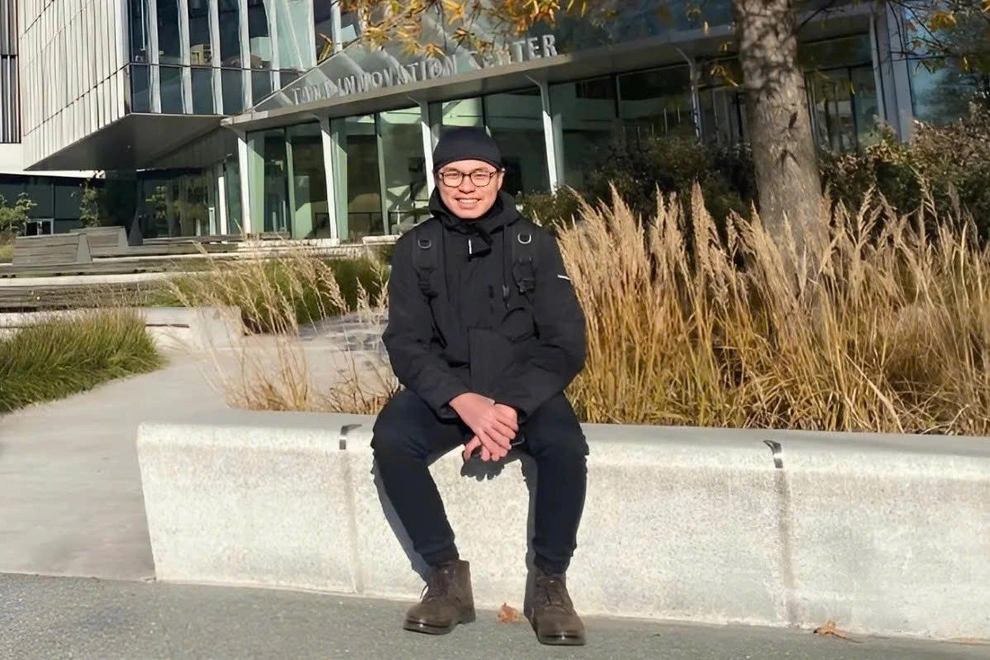




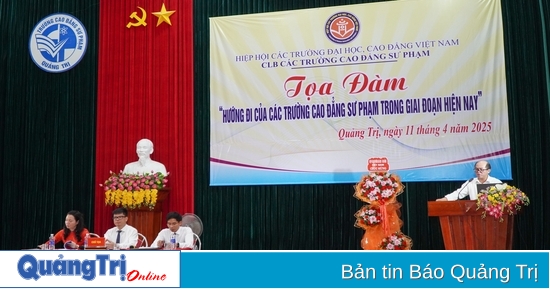

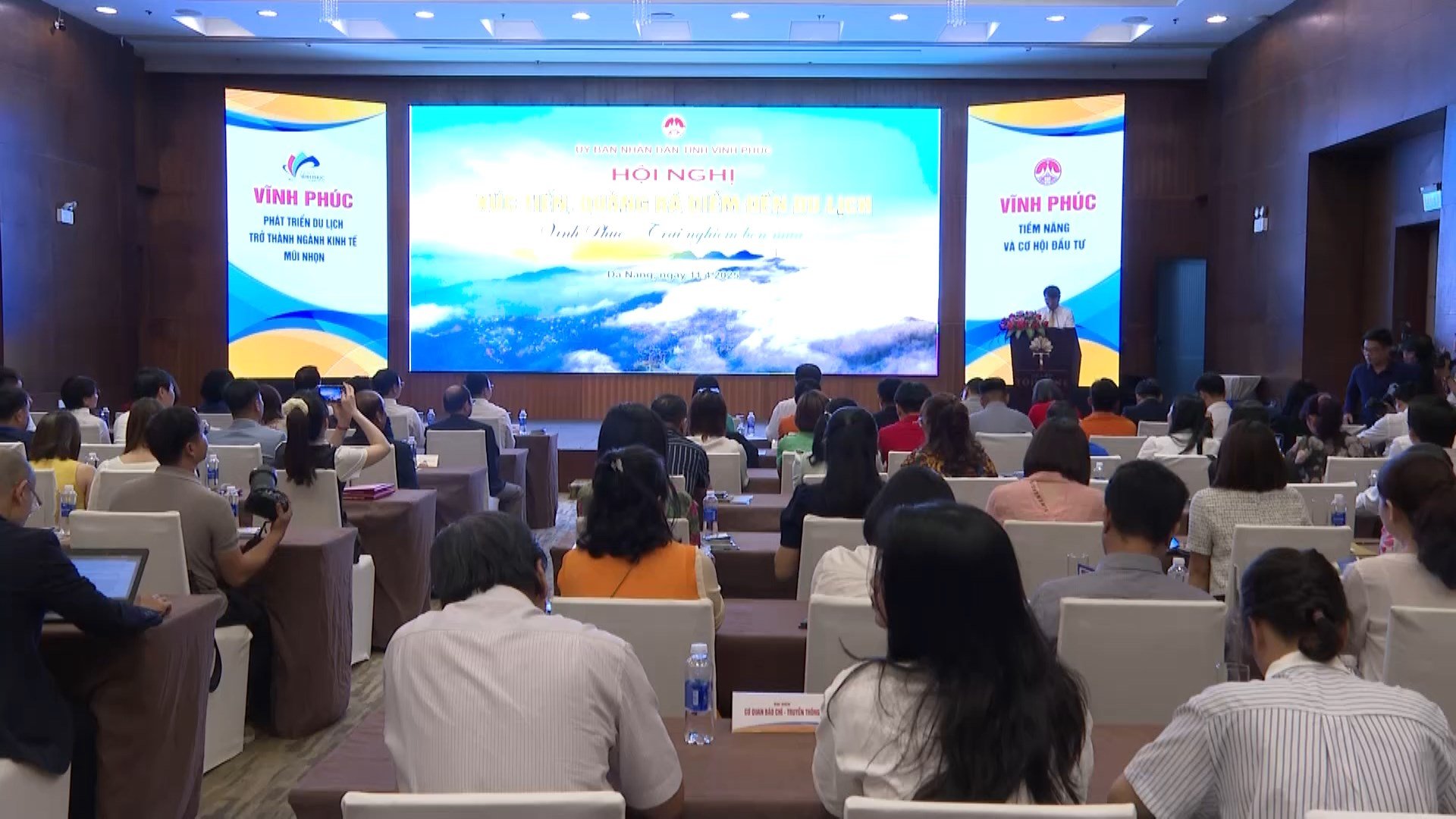

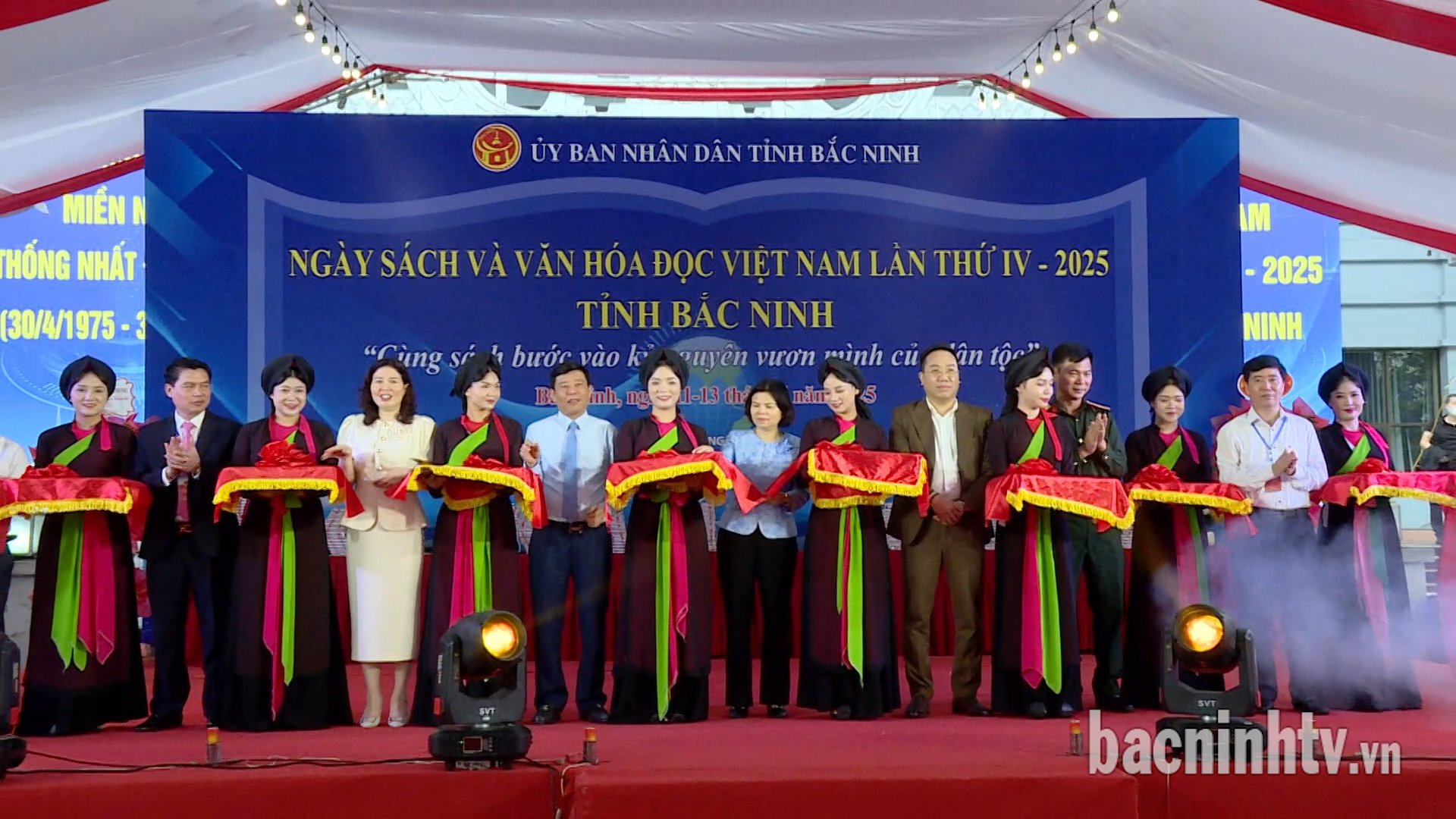



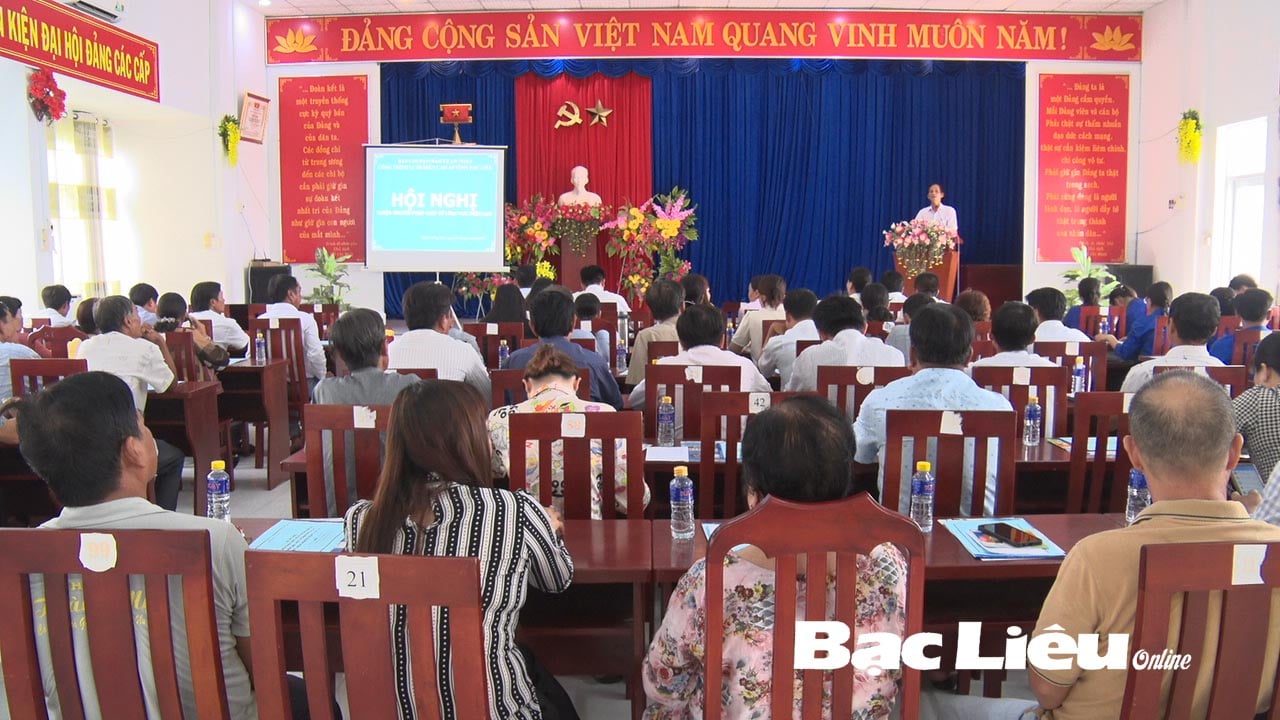


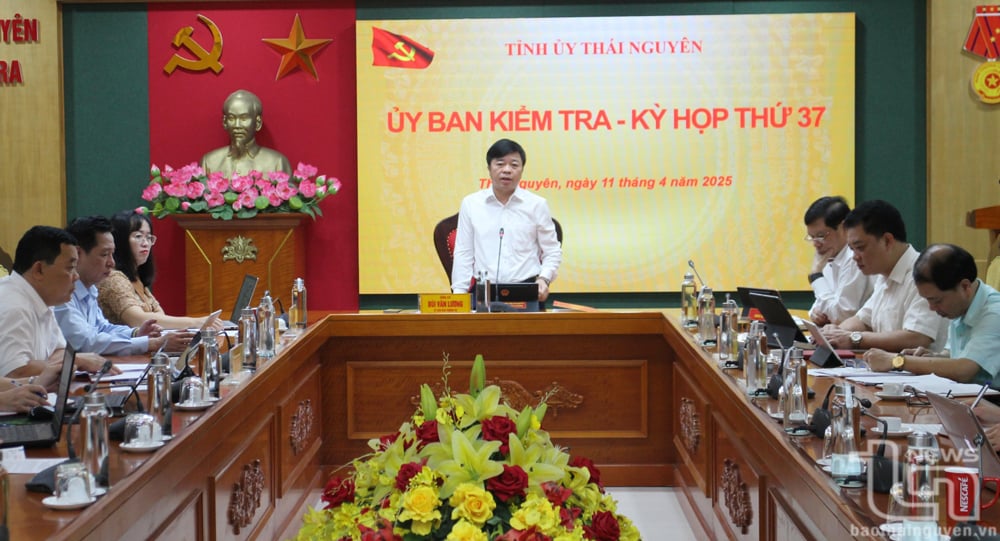


![[Photo] Summary of parade practice in preparation for the April 30th celebration](https://vstatic.vietnam.vn/vietnam/resource/IMAGE/2025/4/11/78cfee0f2cc045b387ff1a4362b5950f)






































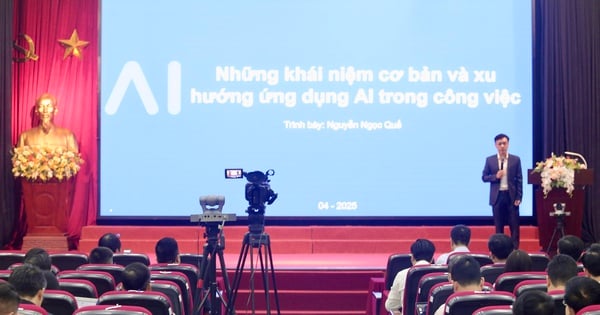
















Comment (0)